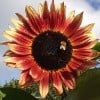Summer in an English country garden - butterflies, bees and flowers in pictures
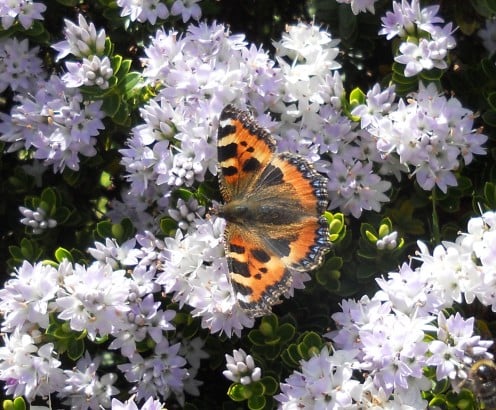
As the sun broke out from behind a cloud and shone on my garden this afternoon, I strolled around, marvelling at how beautiful everything suddenly was. Cottage garden plants and herbs were in full flower, insects abounded, and bumblebees and butterflies were everywhere - summer had arrived! I grabbed my camera and found myself zooming in on the smallest of details - a bee feeding on a tiny flower, a pair of butterflies landing on a shrub for a rest from their exotic mating dance.
Ultraviolet light from the sun seems to make the flowers glow, throwing the shadows into sharp contrast and providing a wonderful palate for outdoor photography. It also attracts the nectar feeding insects in more subtle ways, as they have eyes that are more receptive to ultraviolet light and can see patterns in flowers that are invisible to the human eye, drawing them to their food source.
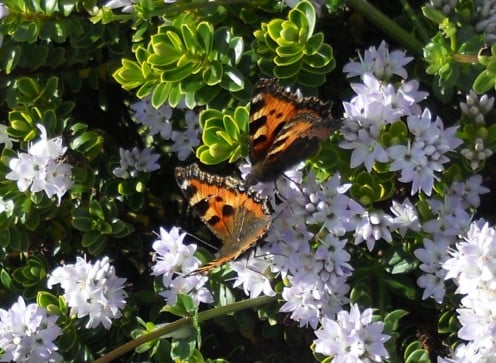
Small tortoiseshell butterflies
These pretty little butterflies were in fine form, pairing up and dancing around together, spiralling up into the air in a double helix formation, then plunging down to the flower beds and landing on the prettiest flowering shrubs to feed on nectar, get to know each other and get ready for mating.
Small tortoiseshells (Aglais urticae) are one of the commonest butterflies in the United Kingdom, but have apparently suffered a decline in recent years, possibly due to a parasitic fly that is extending its range into the British Isles [1]. They typically engage in an extended courtship ritual, including flying together, basking in the sunshine, feeding together and later mating, with the female laying her eggs on the underside of stinging nettle leaves.
The meadow brown butterfly
This flowering hebe (variety "Margret") was a haven for a multitude of buzzing bees and butterflies alike. In fact it sounded like the whole bush was buzzing. The meadow brown butterfly (Maniola jurtina) rested on the bush to warm its wings in the sun. The birdseye-like spot and coloration on the underside of the wings resembles, at first glance, the head and eye of a European robin. This mimicry is a clever device used by several species of butterfly to ward off would-be predators. Robins, I have noticed, are rather fond of eating butterflies.
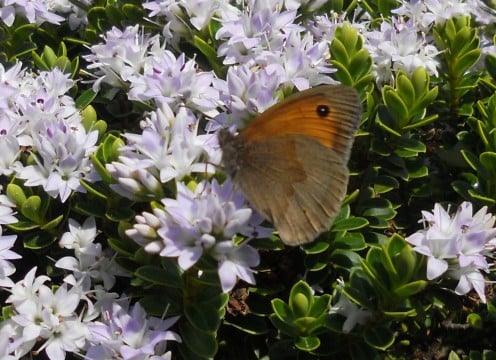
Do you grow flowers especially for insects or just for show
A very small bee
Bees come in all shapes and sizes, from the giant bumblebees to the tiniest little creatures, like the one below. According to the Bumblebee conservation trust, there are around 250 species of bee in the UK, of which about 225 are solitary bees, 24 are bumblebees and only one species of honeybee [2]. I think this little fellow is one of the solitary bees, but I am not enough of an expert to say which type.
This tiny bee was busy burying its head in the cranesbill flowers (Geranium sanguineum).
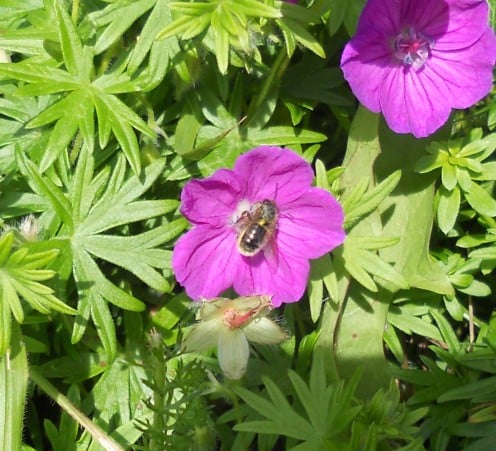
The honey bee
This was the most elusive type of bee to capture on film. The picture is of one of only three honey bees that I found all day. Sadly the honey bee population has taken a nosedive, partly because of known diseases and problems such as the virroa mite and pesticides, but also because we had such a long winter and a late spring this year in England.
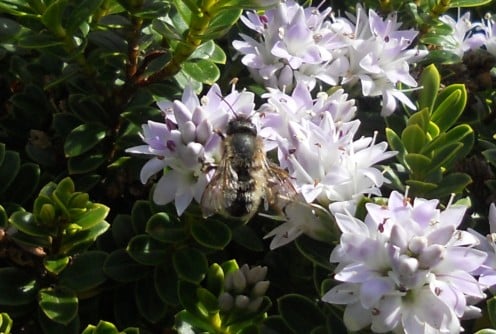
Bumblebees in the herb garden
The herb garden was another popular watering hole for the bumblebees. The sage bush was in full flower, with its fragrant, purple, tubular flowers tempting the bees in. The bush was alive with them. This picture is of a bumblebee with a white tail, which seemed to be the predominant species here, but again I am no expert, so couldn't say with any certainty which of the 24 species this is. Have a look at the identification guide on the Bumblebee conservation trust's website, and see if you can work it out!
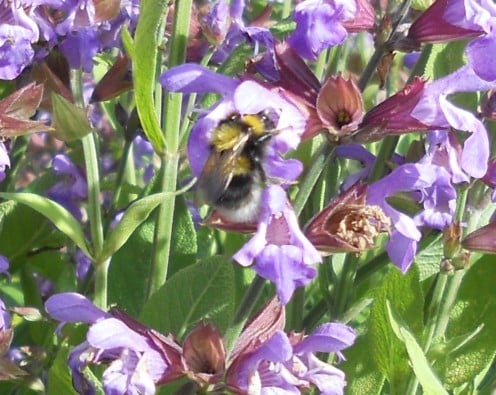
How to encourage bees and butterflies into your garden
Many types of both butterflies and bees are showing worrying signs of declining populations, so need all the help we can give them in our gardens. Here are some tips to help them out.
- Grow the sorts of flowers that they love, include flowers from as early in the season as possible to help those that emerge early on, as well as some late flowering varieties that will help see them through hibernation in the winter months.
- Avoid using any pesticides in your garden, Try hand picking slugs, snails and caterpillars, or using biological methods of control.
- Have a source of water somewhere in your garden, a bird bath or a pond are both helpful, as insects need to drink too!
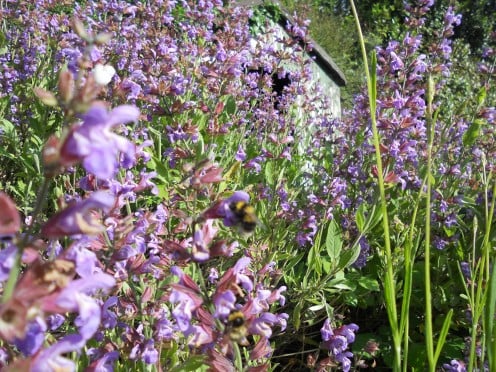
Related hubs by this author
- Flowers for butterflies: creating a beautiful garden...
Planting flowers to encourage butterflies into your garden can create a beautiful environment for you and your local wildlife, and halt the decline of species that have lost much of their native habitat to urban development. - Choosing garden flowers to encourage bees
Bees are an essential part of their ecosystem and also our own food chain. This article is a guide to choosing garden flowers that will encourage bees into your garden and help to ensure their survival. - Why we need to protect the environment for our wildl...
A recent report about the state of British wildlife has sparked a renewed campaign by environmental groups to protect the species that are endangered. Find out why, and what we can do about it.
